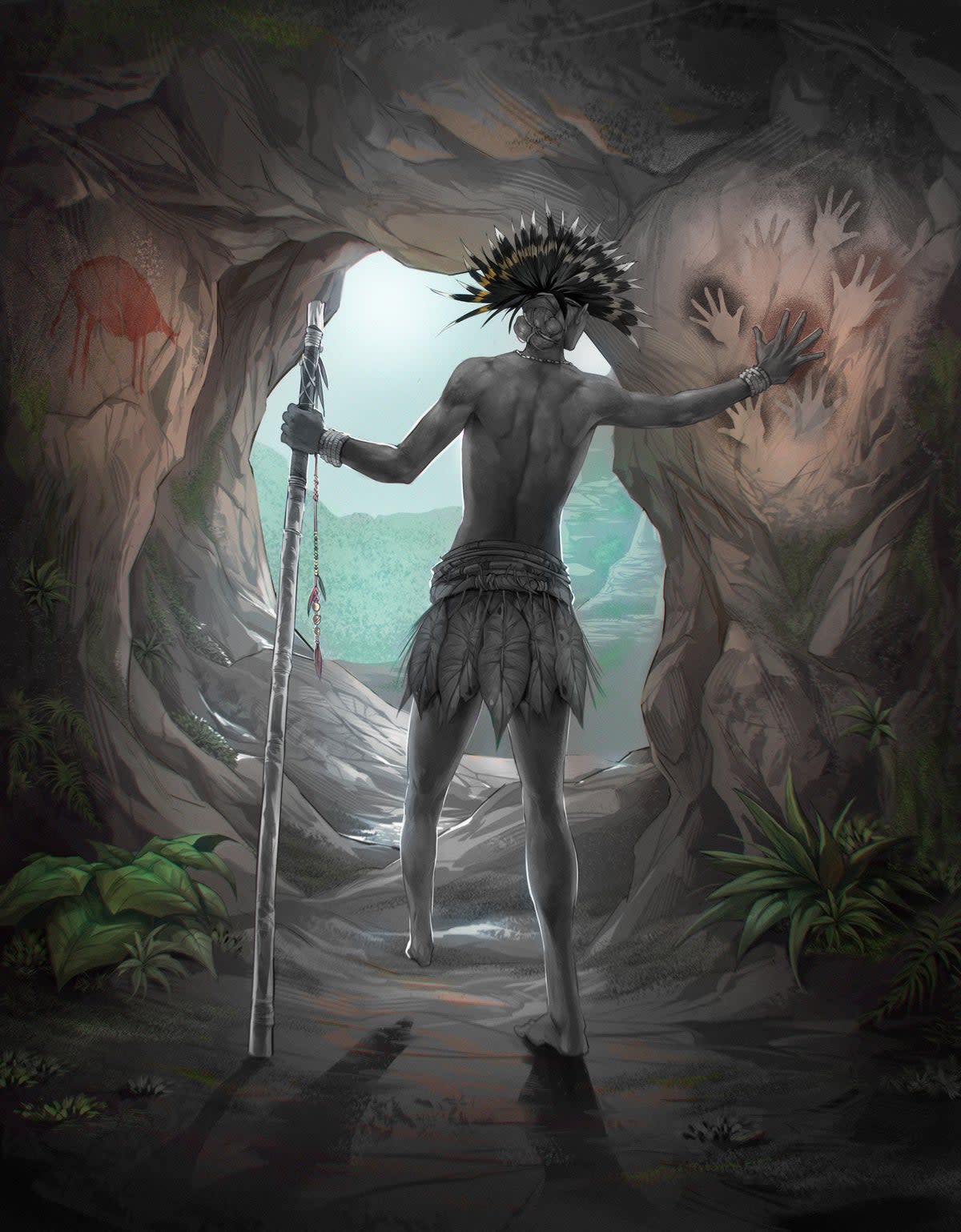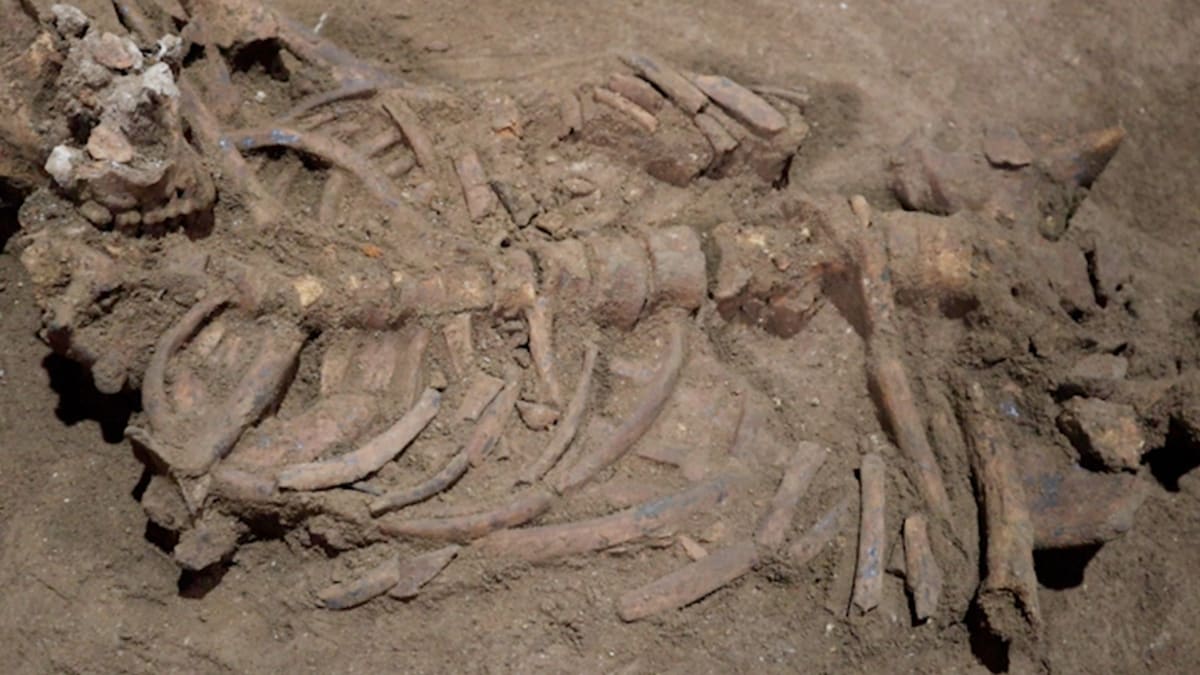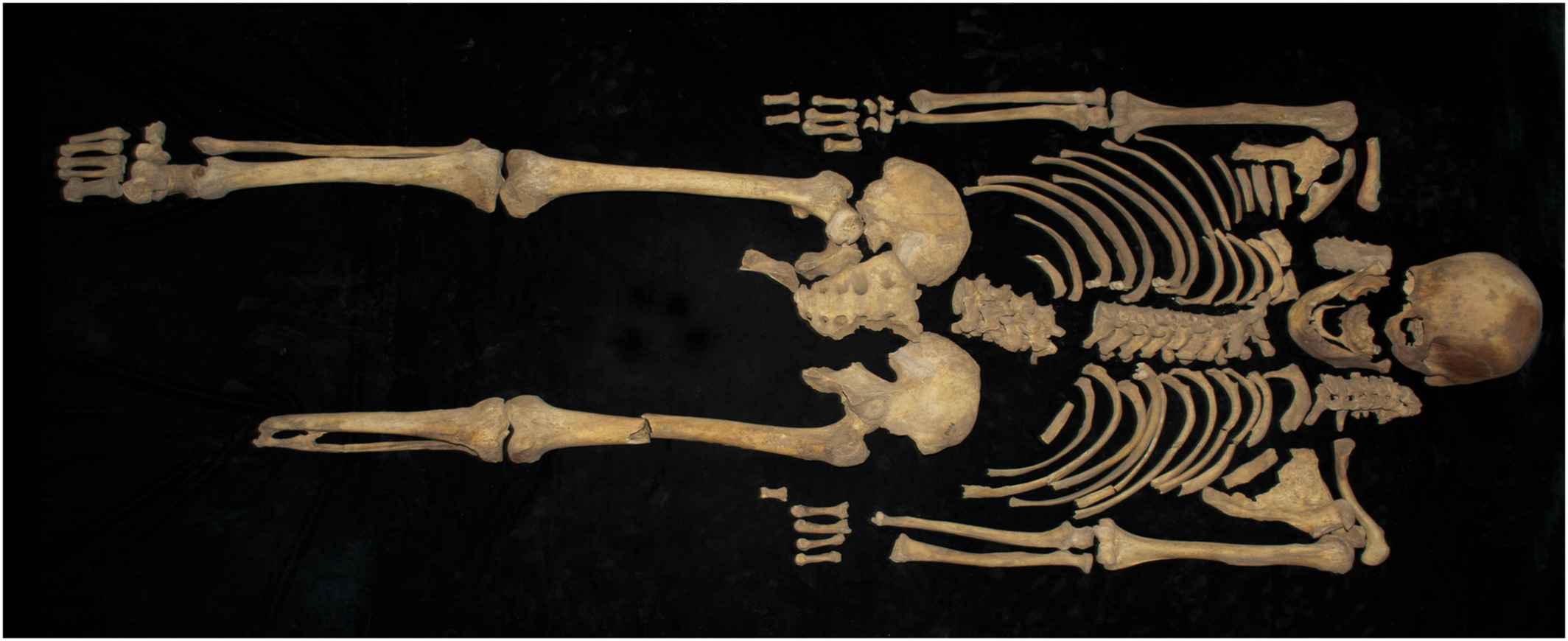Evidence Of World's Oldest Amputation Discovered In A 31,000-year-old Borneo Burial
According to archaeologists, a man from 31,000 years ago had signs of the world's oldest amputation operation. A young adult's skeleton was found in an Indonesian cave. The left foot was missing, and a piece of the skeleton showed the earliest sign of an amputation.
Author:Scarlet SunsetReviewer:Professor JhizSep 14, 202222 Shares653 Views

According to archaeologists, a man from 31,000 years ago had signs of the world's oldest amputationoperation. A young adult's skeleton was found in an Indonesian cave. The left foot was missing, and a piece of the skeleton showed the earliest sign of an amputation.
Thanks to recent scientific advances, modern medicine seems to advance over time. As a result, it's sometimes believed that earlier medical treatments were just basic. People have thought that hunter-gatherer societies and other foraging cultures have basic and fixed medical knowledge.
Over the past 10,000 years, people have become more settled in agricultural life, which has led to the rise of new health problems and advances in medicine, including surgery.
First Amputation In History
This world's oldest amputation finding pre-dates the oldest known evidence for amputation surgery by a staggering 24,000 years. It suggests that human medical knowledge and surgical procedures were far more advanced in the distant past of the species than previously thought.
According to the authors' findings,
“„The discovery of this extraordinarily old evidence of deliberate amputation reveals the significant level of medical knowledge established by early modern human foragers.
This unexpectedly old evidence of a successful limb amputation shows that at least some modern foraging cultures in tropical Asia had advanced medical knowledge and skills long before the switch to Neolithic farming.
A stunningly complete human skeleton was found kneeling down with stones placed over its head and hands as though they were grave markers as workers, including Andika and others, gradually scraped away a piece of the cave floor. The deceased person was in his early 20s when he passed away; the gender could not be ascertained from the bones.
The body was nearly complete when it was found by archaeologists within a cave on the island's Indonesian side. According to their research of the bones and the surrounding sediment, the person, whose sexis still unknown, perished at roughly 19 or 20 years old, thousands of years before the switch from foraging to farming, according to their research of the bones.
What was most intriguing about the bones, though, was what wasn't there. The body's tibia and fibula bones abruptly stopped in a cut that was far cleaner than what an accident or animal attack could have produced because it was missing the lower third of its left leg.
Additionally, they showed no symptoms of infection, indicating that the wound healed without infection. The researchers claim that these are all signs of a complex surgical amputation, in which the doctors showed "advanced medical expertise" and a commitment to the patient's recovery.
When the skeleton was fully exposed, the researchers discovered that the left leg's bottom, from the center of the shin to the ankle, was missing. According to co-author Melandri Vlok, a bioarchaeologist at the University of Sydney, the shin bones had fused at the bottom, which is an obvious indicator of healing after a violent injury.
However, when the COVID-19 pandemic spread and Indonesia closed its borders, the team's work had to be put on hold.
When the researchers came back, Vlok discovered the leg's end was neatly and precisely severed in a straight line, showing no signs of crushing or breaking, as would be expected if a boulder had fallen on it or an animal had chewed it off.
People Also Ask
How Was Amputation Done In The Past?
During an amputation, a scalpel was used to cut through the skin and a Caitlin knife to cut through the muscle. The surgeon then picked up a bone saw (the tool which helped create the Civil Warslang for surgeons known as "Sawbones") and sawed through the bone until it was severed.
How Many Amputations Took Place During The War?
Although the exact number is unknown, amputations accounted for approximately 60,000 surgeries or roughly three-quarters of all operations performed during the war.
How Did People Survive Amputations?
When the nerves and vessels were damaged, amputation gave the best chance of survival. The surgery actually accomplished two things: the damaged blood vessels were tied to stop the bleeding and the damaged tissue and bone were removed, as well as any other material in the wound.
Conclusion
The remains of an ancient skeleton were found in an Indonesian cave with his left foot missing, showing the signs of the earliest oldest amputation in the world, dating back to 31,000 years ago, it is said to be the world's oldest amputation.
The medical professionals of that time caring for the patient who had an amputation may have used the nearby botanical resources before, during, and after the treatment. Such medicinal herbs might have offered anesthetics and infection-prevention antibacterial treatments.

Scarlet Sunset
Author
Scarlet Sunset is a captivating and confident transgender individual who radiates sensuality and embraces her unique beauty. With a radiant smile and a touch of red lipstick, she captivates hearts by the poolside as the sun dips below the horizon, casting a warm glow on her unforgettable presence.
Despite societal norms and expectations, Scarlet celebrates her body, proudly defying conventional standards of beauty. Her curves tell a story of self-acceptance and empowerment, challenging stereotypes and inspiring others to embrace their own bodies without reservation.

Professor Jhiz
Reviewer
Professor Jhiz brings fun to teaching anatomy. Born in China, she shares her fascination for how the body works.
Students say her lectures are lively with jokes and stories. She draws cartoon diagrams that highlight structures creatively.
Professor seeks to inspire curiosity and joy in anatomy. She treats each class like a show using props and costumes.
When not teaching, Jhiz enjoys karaoke and novelty socks. Her goal is passing on a spirit of wonder to students.
Latest Articles
Popular Articles

